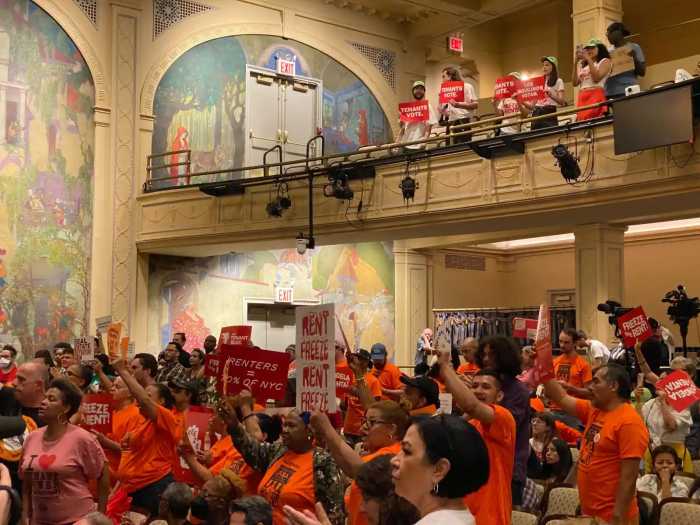I may not be old enough to remember the 1918 flu pandemic, but after a decade of covering the opioid epidemic, I’m beginning to get the sensation of deja vu about the coronavirus pandemic.
When news broke in 2008 that heroin had made a comeback and was increasingly claiming young lives on Long Island, the flood of stories on the topic had a narcoticizing effect, which is a common side effect of media coverage. People either become apathetic to the issue, or think that since an issue got press attention, the underlying problem must have been solved. But despite more than a decade of drug crisis coverage — and yes, prevention, enforcement, and treatment efforts — the scourge persists, mutating from heroin, to prescription painkillers, and most recently, fentanyl.
Complacency has proved deadly. We became accustomed to life in the deadliest drug crisis in American history, despite the president declaring it a public health emergency three years ago. Now, the pandemic-inducted isolation, interruption in rehabilitation services, and ensuing economic stress are exacerbating the opioid crisis this year.
We’re at a similar crossroads with COVID-19. The public was sick of hearing about it in March. Six months later, they’re really tired of pandemic news, and public fights over masks are commonplace. But despite progress made in reducing the infection rate so most businesses could reopen, with experts warning of the likelihood of a second wave this fall, now is not the time to throw away the masks and hand sanitizer.
Dr. Robert Redfield, the director of the U.S. Centers for Disease Control and Prevention, told WebMD last month that if Americans don’t follow the guidance, the coming season could be “the worst fall, from a public health perspective, we’ve ever had.”
Love him or hate him, Gov. Andrew Cuomo proved correct when he predicted that after New York State cases peaked, there would be a ripple effect across the nation. He too warns of what’s next, and the lack of urgency on the part of some who aren’t following the guidance.
“Complacency is the issue because we are very much in the midst of it,” the governor said.
I’ve seen this movie before. Change the antagonist from drugs to a virus and — spoiler alert! — there will be no happy ending. But it’s not over yet. We still have our chance to continue to do our part to stop the spread. Don’t blow it.
For more opinions visit longislandpress.com/category/opinions
Sign up for Long Island Press’ email newsletters here. Sign up for home delivery of Long Island Press here. Sign up for discounts by becoming a Long Island Press community partner here.

































